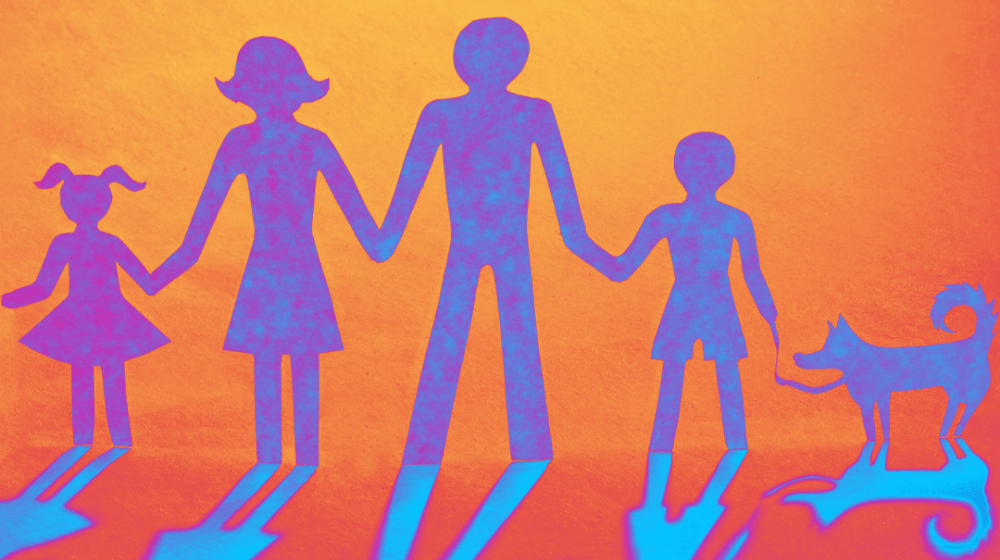Gender-Based Violence (GBV) is not just an isolated issue affecting individuals; it's a pervasive problem with far-reaching implications that extend beyond the immediate victim. It sends ripples through families and cascades down to future generations.
Understanding the multi-generational impact of GBV is crucial in realizing why preventing this violence today is not just a necessity for current well-being but a vital investment in the health and happiness of future generations.
The Immediate Impact on Families
When a family member experiences GBV, the entire family dynamic can shift. Children who witness violence in the home learn that violence is a normal way of resolving conflicts. They may grow up feeling insecure, develop anxiety, or struggle with emotional regulation. Partners and other family members may suffer from secondary trauma, feeling helpless or guilty for not being able to prevent the violence.
Long-Term Effects on Children
The impact of witnessing or experiencing GBV in childhood can be profound and long-lasting. Studies have shown that these children are more likely to experience or perpetrate GBV themselves as adults. This cycle of violence perpetuates itself, seeping into the fabric of future families. Furthermore, the trauma can lead to various mental health issues, substance abuse, and difficulties in forming healthy relationships.
Economic and Social Consequences
GBV can disrupt the economic stability of a family. Victims may struggle to maintain employment or suffer from long-term health issues that impact their earning ability. This economic strain not only affects the immediate family but also limits the resources and opportunities available to children, hindering their potential for growth and success.
Breaking the Cycle
To stop this ripple effect, it's essential to address GBV at its root. This involves:
1. Education and Awareness: Teaching children about healthy relationships and respect for all genders can help break the cycle of violence. Schools, communities, and families all have a role in this educational effort.
2. Support and Resources for Victims: Providing accessible resources for victims of GBV, including counseling, legal assistance, and safe havens, is crucial. These support systems can help victims leave abusive situations and begin to heal.
3. Community Involvement: Encouraging community-level interventions where neighbors, friends, and community members are equipped to recognize signs of GBV and know how to offer help or intervene safely.
The fight against GBV is not just about addressing individual cases of violence. It's about altering a societal pattern that, if left unchecked, will continue to harm families and societies for generations to come.
By taking action now, we can not only improve the lives of current victims but also pave the way for healthier, happier futures for our children and their children. Let's commit to breaking the cycle of GBV and creating a legacy of safety, respect, and well-being.




